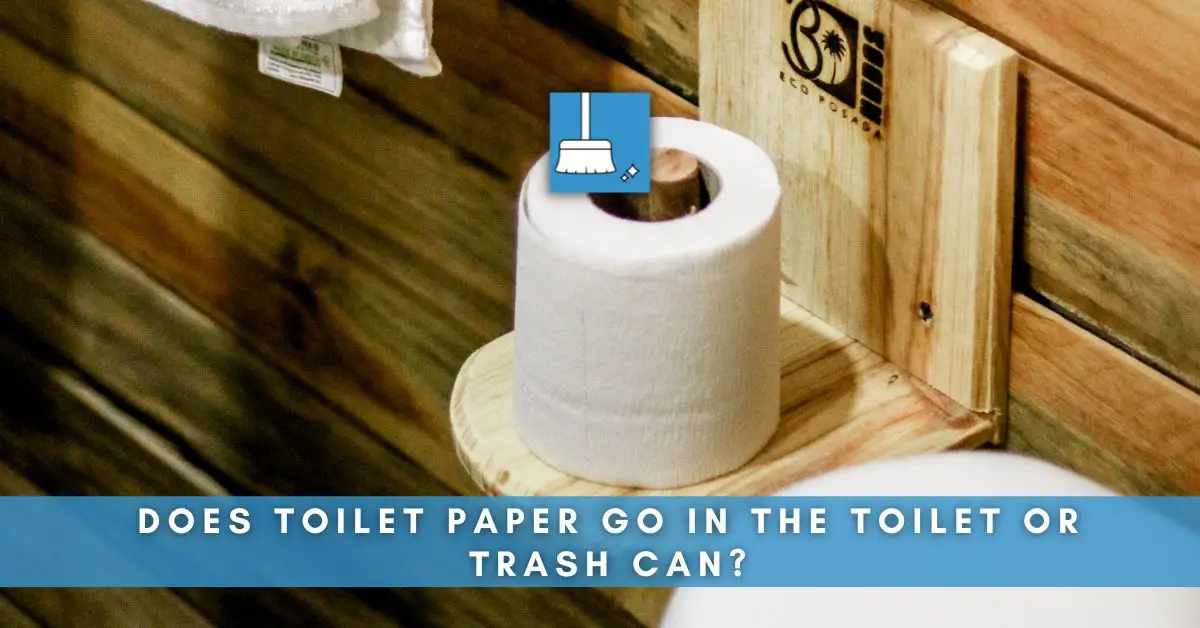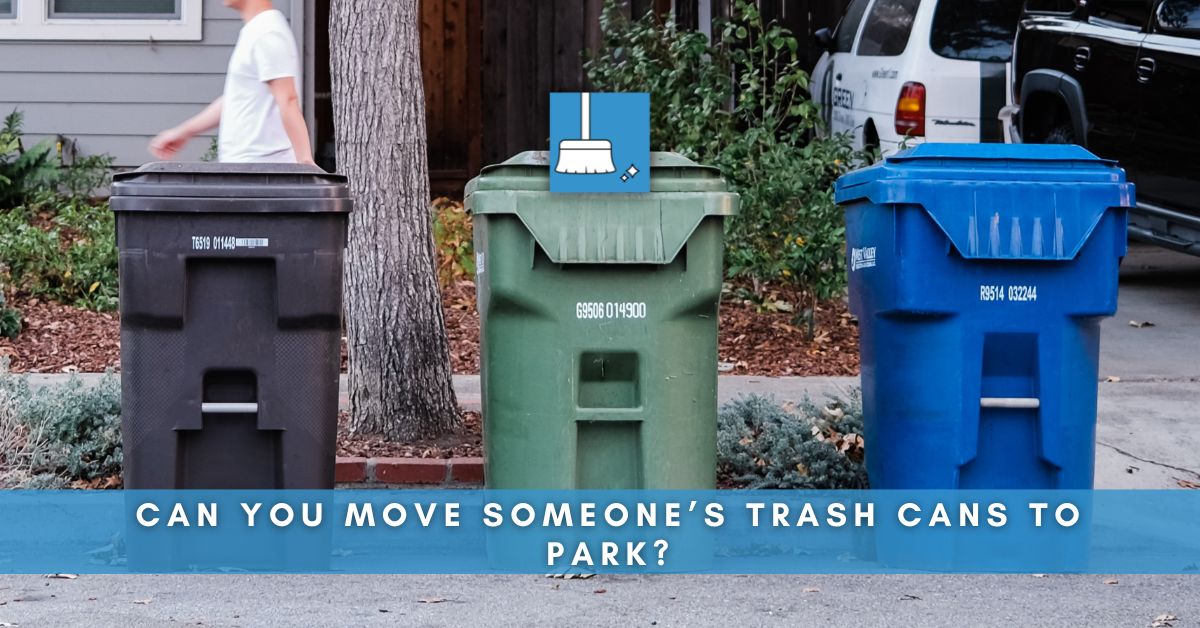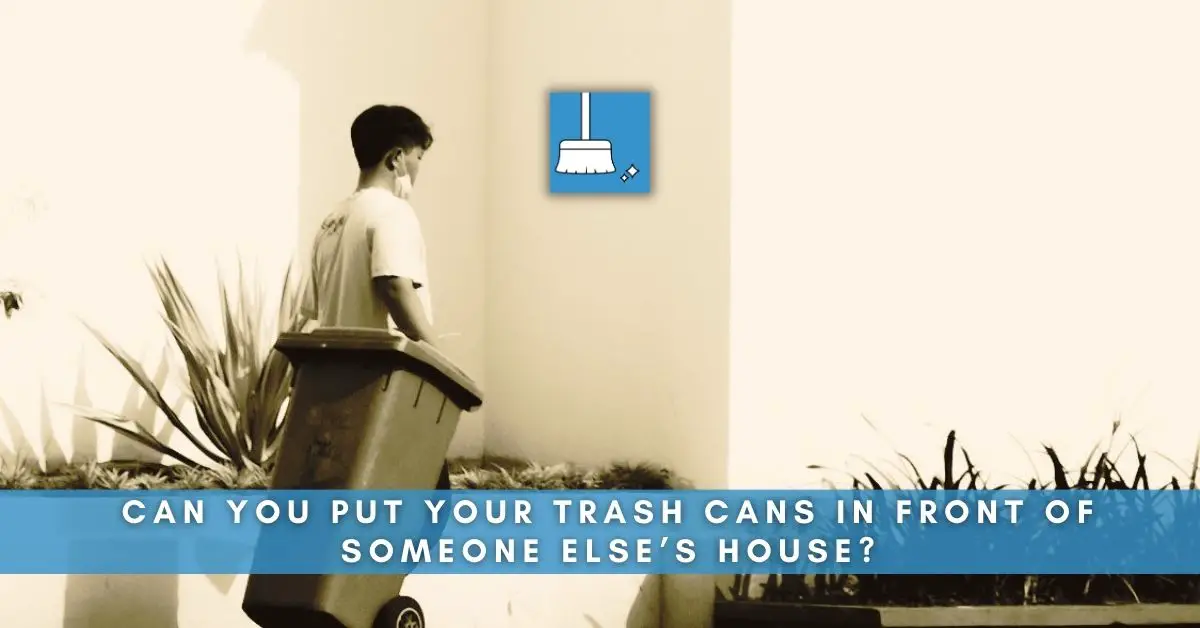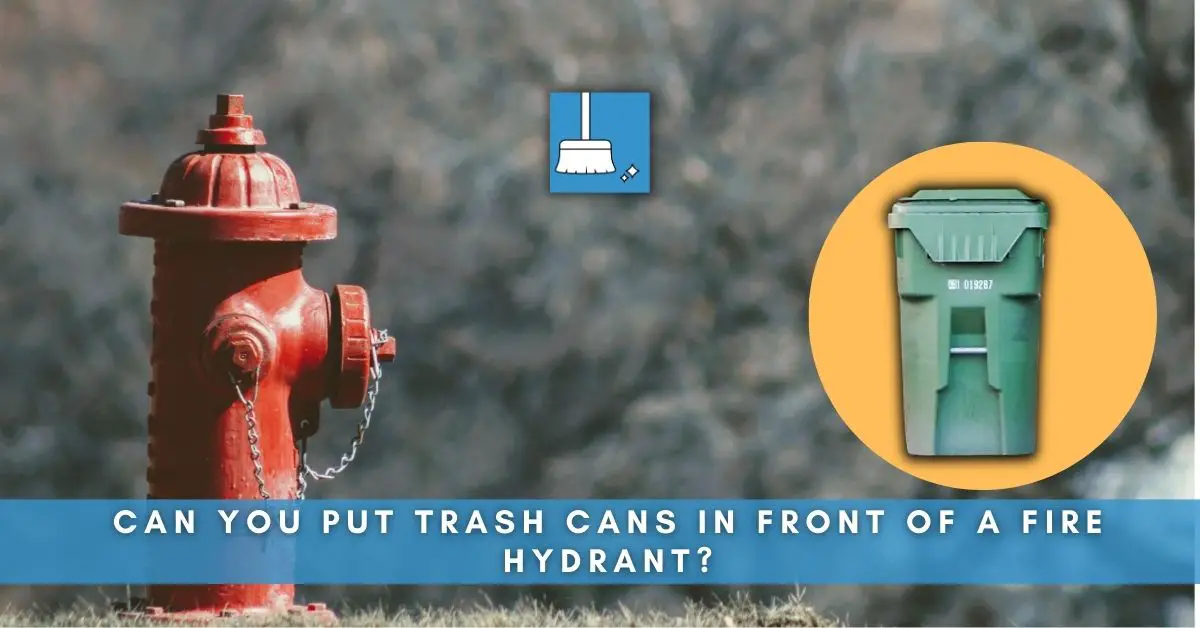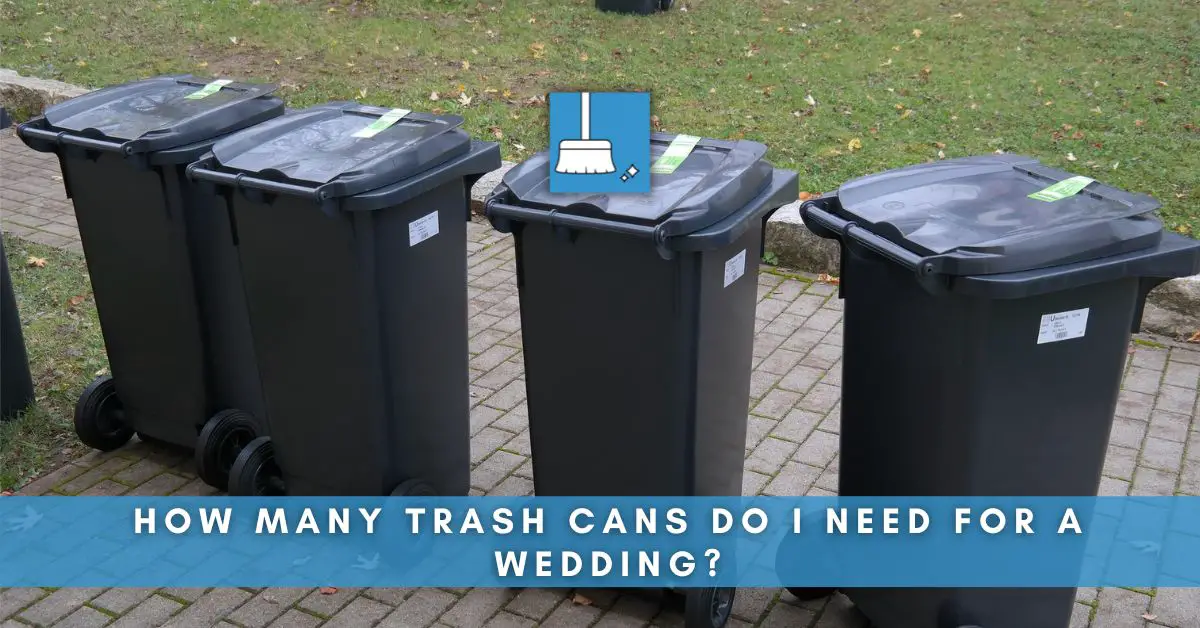You’re at a friend’s house, you’ve just finished using the restroom, and you suddenly stumble upon a debate of seemingly epic proportions. As you reach for the toilet paper, it dawns upon you – where does it actually go, the toilet or the trash can? In that moment, you find yourself pondering the merits of both options and wondering if you’d been doing it wrong all this time.
Introduction to the dilemma of toilet paper disposal
The seemingly simple task of disposing of used toilet paper can be a divisive topic in many households, with some opting to flush it down the toilet, while others choose to toss it in the trash can.
This dilemma stems from concerns about the sustainability and environmental impact of each method, making it crucial to assess the lifecycle of each alternative.
Both flushing and tossing toilet paper can contribute to negative environmental effects, so it’s essential to consider which approach may be more eco-friendly. [1]
The environmental impact of flushing vs. tossing
When comparing the environmental impact of flushing versus tossing toilet paper, it becomes evident that both methods have their downsides.
Flushing toilet paper contributes to the creation of sludge, which might end up in landfills or on farmlands.
Furthermore, the decomposing process releases greenhouse gases, such as carbon dioxide, which negatively impact the environment.
On the other hand, tossing toilet paper into trash cans sends it directly to landfills, where it takes years to break down and releases methane, a potent greenhouse gas.
From a sanitary and greenhouse gas perspective, flushing is the better option. Wastewater treatment plants are designed in such a way that they can separate toilet paper from wastewater. It can be gross to toss a stinky toilet paper in a trash can that can further make the whole place stink.
However, both methods still have harmful effects on the environment. [2]
Negative effects of FLUSHING toilet paper (On the Environment)
1- Sewage Blockages
One of the adverse effects of flushing toilet paper on the environment is the potential contribution to sewage blockages.
When toilet paper builds up in the wastewater system, it can cause clogs, leading to sewage overflows into the environment. These overflows can harm aquatic life and pose risks to human health.
2- Global Warming
Another negative impact is the greenhouse gas emissions produced during the breakdown of toilet paper by bacteria in the wastewater treatment process.
As the bacteria decompose the toilet paper, they release carbon dioxide, which contributes to global warming. This, in turn, exacerbates climate change and its associated environmental challenges. [3]
3- Other Impacts on the Environment
The production of toilet paper has its own harmful environmental effects. Large amounts of water and energy are needed to manufacture toilet paper, with significant tree cutting involved.
Deforestation, particularly of endangered forests, adds further stress to ecosystems and accelerates climate change. Hence, it is crucial to consider eco-friendly alternatives or adopt sustainable practices for toilet paper usage. [4]
Issues with recycled toilet paper
Recycled toilet paper, though environmentally friendly, could have some potential drawbacks. Some studies have found traces of BPA and BPS in recycled toilet paper, which are endocrine disruptors linked to various health concerns.
To avoid these risks, you can opt for brands that are BPA-free, chlorine-free, 100% recycled and unbleached. [5]
Safer Alternatives
1- Introduction to bidets as a waste-free option
Bidets have long been a popular choice for personal hygiene in many parts of the world, offering a waste-free option for bathroom use.
They have become increasingly known for their environmental benefits and gentler approach to cleaning.
Ideal for eco-friendly and health-conscious individuals, bidets provide a practical and sustainable alternative to traditional toilet paper use.
Incorporating a bidet into your bathroom routine not only helps to conserve resources and reduce waste, but it also promotes better personal hygiene.
By eliminating the need for toilet paper, bidets contribute to a greener, healthier lifestyle.
Additionally, the use of water for cleansing provides a more thorough and gentle cleaning experience compared to using toilet paper alone. [6]
2- Cloth toilet paper as a sustainable alternative
Cloth toilet paper, also known as “family cloth,” is a sustainable alternative to conventional toilet paper.
Families can create their own cloth toilet paper by cutting up old towels, flannel sheets, or other absorbent materials.
This eco-friendly option can be washed and reused, saving trees, water, and resources in the process.
Users can keep a wet bag or lidded container nearby to store the used cloths before laundering. [7]
Proper toilet paper disposal in public restrooms and foreign countries
When traveling to different countries, it’s essential to follow local customs and practices, including proper toilet paper disposal.
In many places around the world, such as Turkey, Greece, Beijing, Macedonia, Montenegro, Bulgaria, Egypt, and Ukraine, it’s customary not to flush used toilet paper down the toilet.
Instead, restrooms will have designated waste bins for proper disposal to avoid causing blockages in the plumbing system.
Additionally, when visiting countries like China or Korea, it’s a good idea to bring your own toilet paper, as public restrooms may not always be well stocked. [8]

